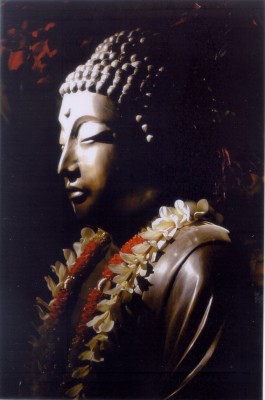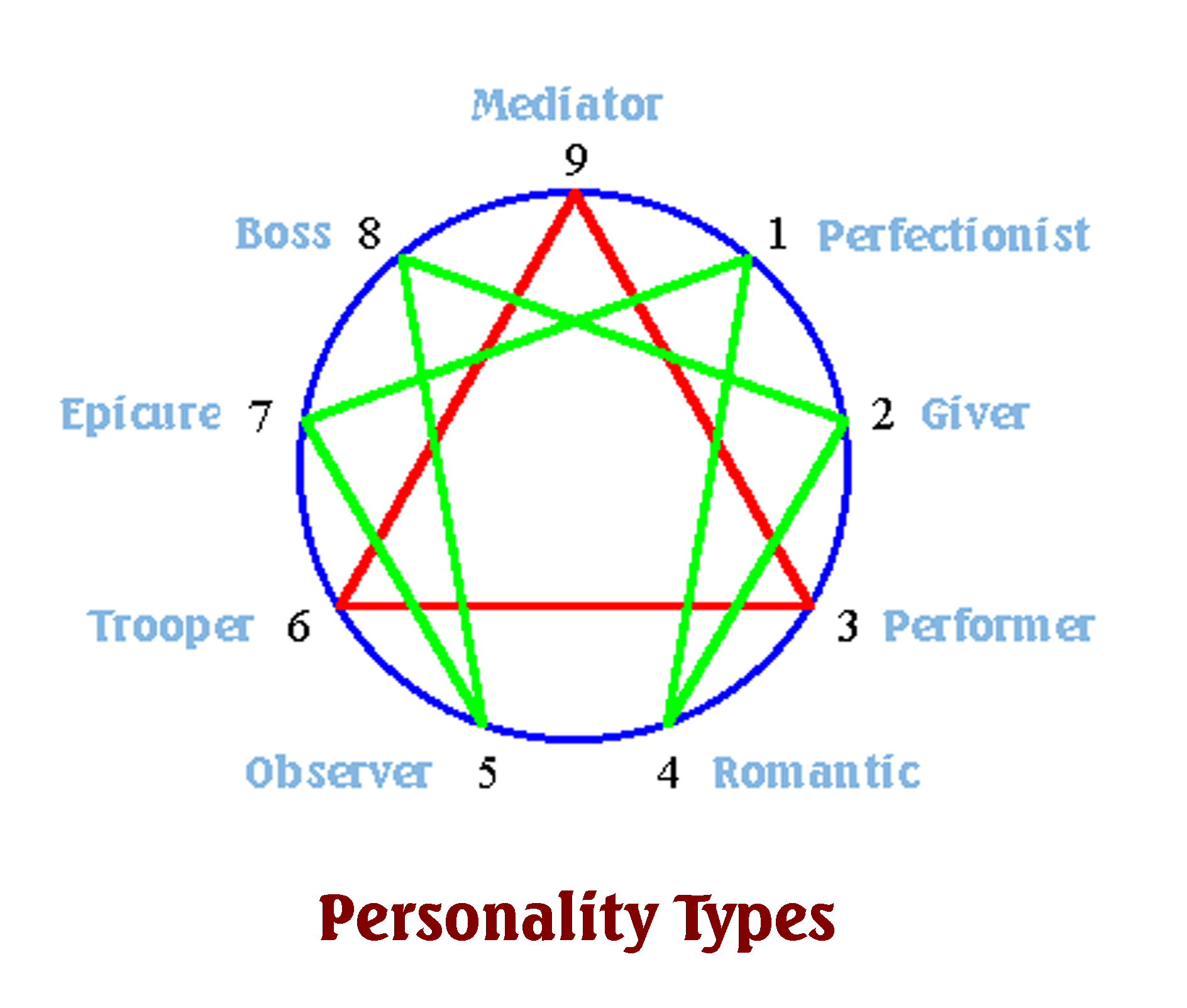For as long as there have been Buddhists, there have been the three refuges, also known as the three jewels. There have also been the meditation practices of the three refuges.
Remember – the Buddha was not a Buddhist!
When you practice the three refuges, you take refuge in the Buddha, the dharma, and the sangha.
The Buddha is not only the historical Buddha of 2,600 years ago. You take refuge in the Buddha in yourself. The Buddha taught that we all have Buddha-nature within us and all we have to do is recognize our own Buddha-nature. Taking refuge in the Buddha honors our Buddha-nature and acknowledges our reverence for the Buddha. We take refuge in the Buddha, the one who shows us the way in this life.
The dharma is the set of teachings and practices offered by the Buddha. These teachings have been handed down throughout the ages. Many wise teachers have added their comments and some ancient texts are still intact. The dharma is the path of understanding and love.
The sangha is the group of practitioners who follow in the footsteps of the Buddha. One of Buddha’s first actions after becoming enlightened was to seek out his sangha – the men who had been on the spiritual path with him. He wanted to build a sangha to make the dharma easier to transmit. The sangha is the community who lives together in harmony and awareness.
Mindfulness Practices of the Three Refuges
A lot of Buddhist teachings encourage learning through engagement with practices of awareness, meditation and mindfulness, which enhance awareness and concentration. Dhamma also helps us to develop discernment about the true nature of reality and being, removing our delusions and ignorance. …
It is said that when you become a Buddhist when you take refuge in the Buddha, the dharma, and the sangha. Those with a daily practice often invoke the mindfulness practices of the three refuges at the beginning of their meditation sessions.
After taking refuge in the Buddha, the dharma, and the sangha in a formal ceremony, you would then be offered to learn, study, practice, and observe the five precepts of a layman or a laywoman. These precepts have been adapted to our culture by Zen Master Thich Nhat Hanh and you can learn more about them in my post about Meditation Practices Lead to Mindful Consumption.
What are your thoughts about the three refuges? Share them below and let me know.
I’ll be happy to share my morning meditation practice of the three jewels – just ask below and I’ll tell you.








You must be logged in to post a comment.